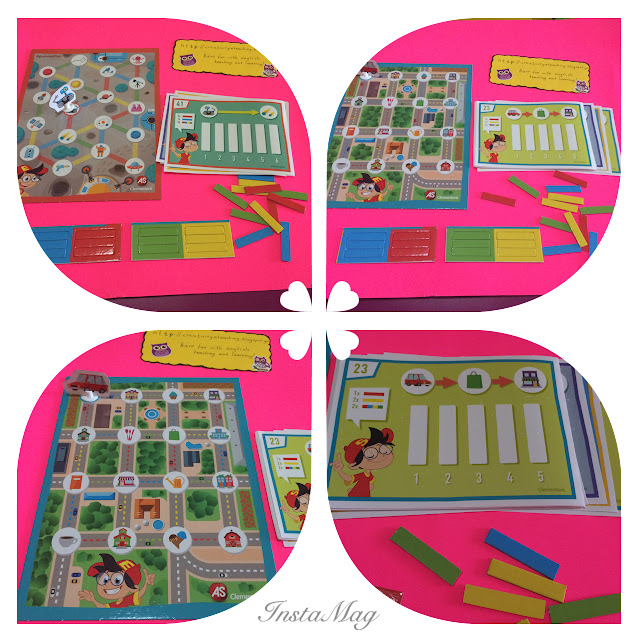Coding in English Lessons- Part 2

Coding and STEM in English lessons...Part 2 Using the material and props of the board game which is coding-oriented, I have organized a STEM activity about planets and solar system. You can even make your lessons more vivid by using puzzles about planets or a globe! In this way you can help students make connections, understand the current positions and movements of the planets and realize where the Earth is in relation to the Sun and moon and planets. You can combine this activity with a visit to -NASA's website https://solarsystem.nasa.gov/solar-system/our-solar-system/overview/ where you can set your orbital positions and travel around space as a planet!! Its is amazing!!! -or youtub e https://www.youtube.com/watch?v=RtU_mdL2vBM to watch Earth from Space live!! For younger students I even made a spaceship with an alien!!!In fact I am going to use it in other activities as we...


